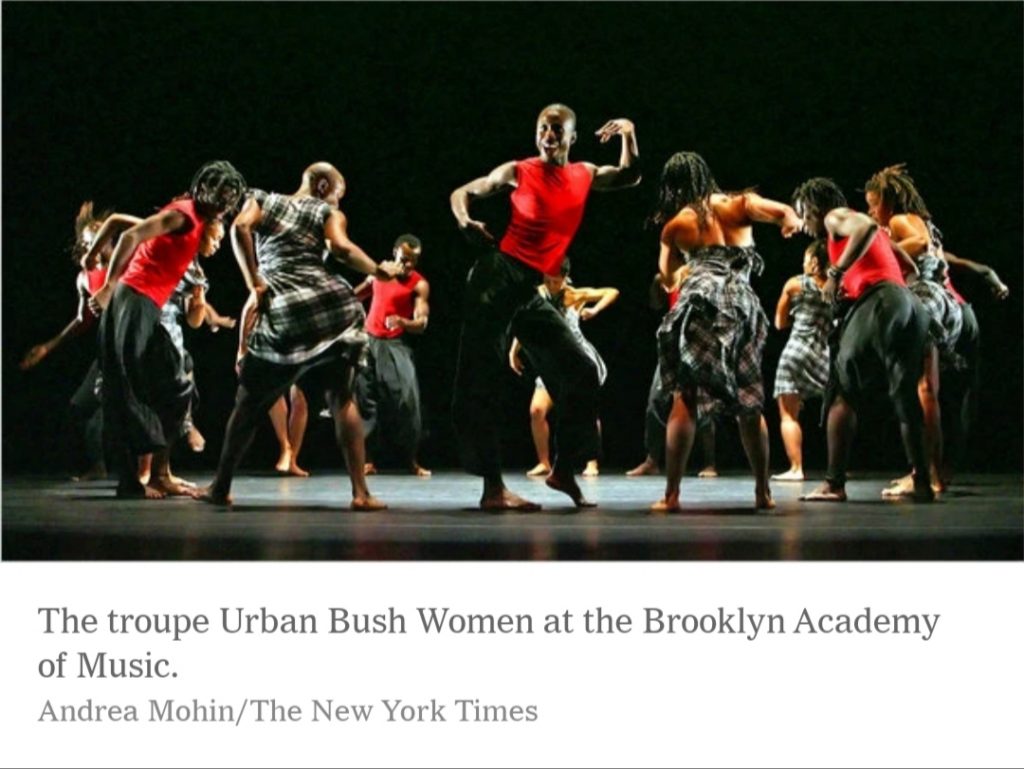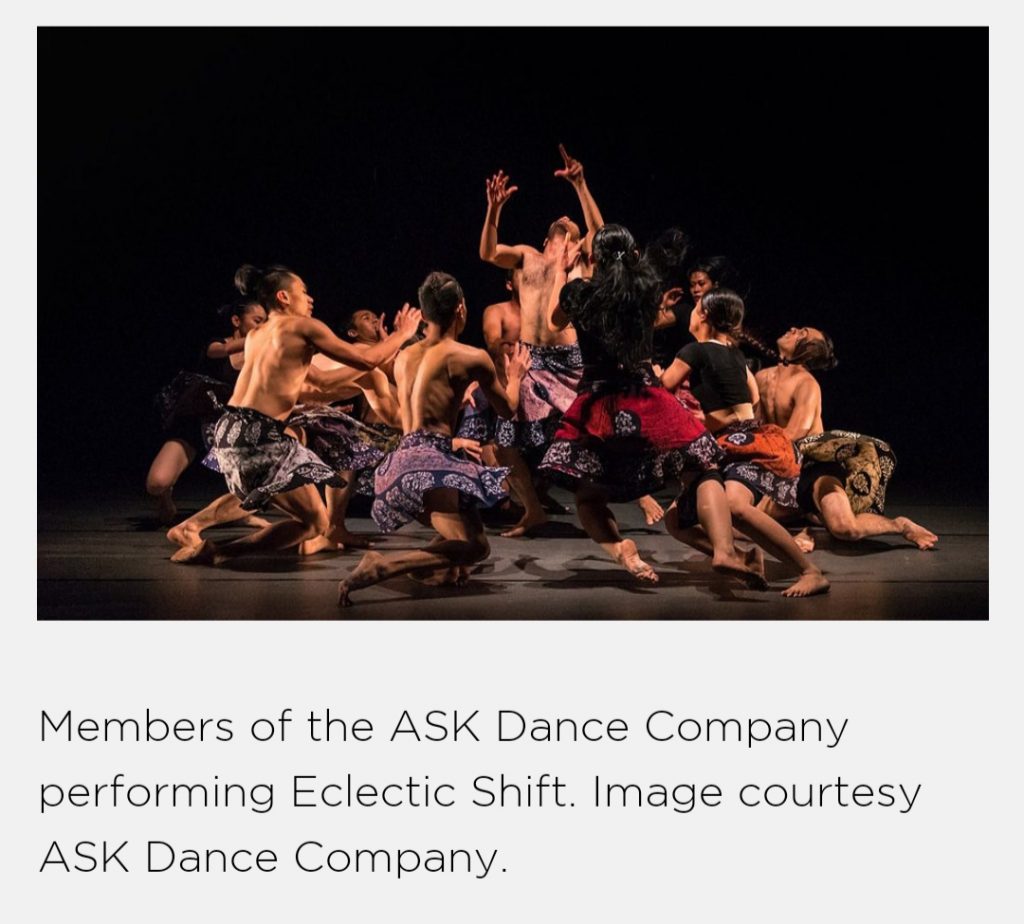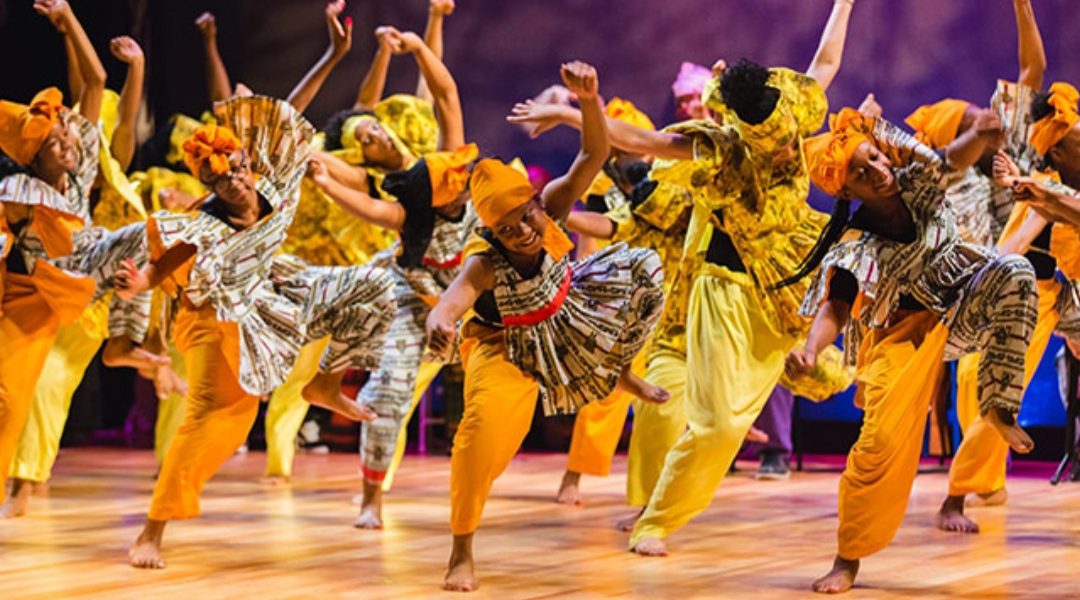One of my earliest childhood memories is attending the Win A Car dance competition at Bomas of Kenya in 1990. I was about six years old, but the memory stands out because it was a really big deal back then, and I vividly remember the crowd going wild when Rare Watts took the stage. They took second place, but they remain Kenya’s favourite dance group from back then.
I have always marvelled at people’s ability to dance, those fluid movements they make with their bodies that seem so carefree and measured. Dancers look like they get lost in their own worlds; a world where little else matters but the rhythm of their movements.
The Encyclopaedia Britannica describes dance as “the movement of the body in a rhythmic way, usually to music and within a given space for the purpose of expressing an idea or emotion- releasing energy and simply taking delight in the movement itself.”

Whether for entertainment, training or private purposes, dancing adds immense value to the individual and by extent, community. I am sharply reminded of the bonding that comes when families dancing together, at ceremonies, and even at home especially during such a time as quarantine when families tend to spend more time together indoors. Dancing automatically brings pleasure to one’s self and to others around them. It also enriches any experience, as in the case of liturgical dancing in church, musical concerts, the opera, social gatherings and many others.
There is an aspect of dance in almost every, if not all, cultures on earth. In the African set-up, dance was traditionally used as a means of passing on a message, for example wooing young women for marriage- as well as winding down after a long day. Dance has always also been used as a way of belonging. This is clearly shown in dance battles between urban dance groups, during music festivals and stiff competitions to join dance academies. In a monumental way, this gives the youth a chance to showcase their talent and keep away from harmful habits and actions that could be detrimental to their futures, like a life of crime and early pregnancies.

Harsh economic times mean that dance may not be seen as a way of earning a living and parents may discourage their children from pursuing it professionally. It is therefore refreshing to see the government and private sector promoting local dance groups such as Focus Beyond Imagination (FBI), Alizeti, Limbo Dancers just to mention a few. Across the border in Uganda, Masaka Kids Africana, the delectable dance group made up of young orphans, are causing a storm worldwide with their gut-wrenching and very talented dance moves and have received support from well-known international artistes.
In 1982, the Dance Committee of the International Theatre Institute (ITI) founded International Dance Day to be celebrated on 29th April, the birthday of Jean-Georges Noverre (1727-1810), the creator of modern ballet. The intention of this day is to celebrate dance, revel in the universality of this art form, cross all political, cultural and ethnic barriers; and bring people together with a common language- dance.

So, kick off your shoes, put on the music and celebrate this day dancing to your favourite moves- whether it’s Zumba for your workout, ballet with the young ones, interpretive dance for classical music or tootsie slide for your Tik-Tok videos with the family. Whatever the dance style, it can be summarised in Albert Einstein’s words: “We dance for laughter, we dance for tears, we dance for madness, we dance for fears, we dance for hopes, we dance for screams, we are the dancers, we create the dreams.”

